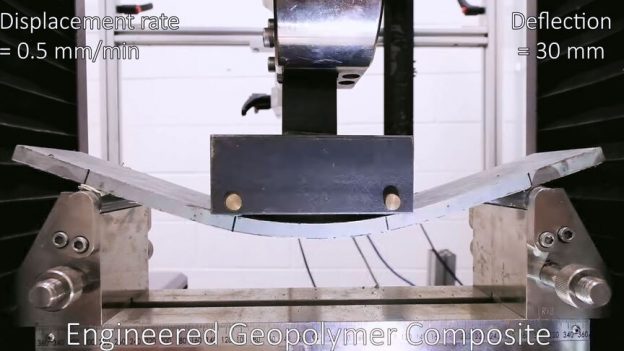
Do you want to know the latest construction news? Today we talk about umbrella bridges and folding concrete
As we know, in recent years, technology has revolutionized the vast majority of business and industrial sectors, also our daily lives and society in general. Now, how has it influenced the world of construction? Well, we want to talk to you about some of the last great revolutions today, and these are umbrella bridges and folding concrete.
But, before, we want to highlight the importance of the advances that have been taking place in the construction sector. How the engineering and manufacturing systems have been perfecting the constructions, and have achieved the most advanced results.
But, now, we talk about the two aspects that concern us in this article, and for this we go to this article in El Español: From bridges to folding concrete: technological revolution in construction.
An umbrella bridge
The TU Wien umbrellaBridge, one of thelatest innovations in construction, and one that has revolutionized this world. As we canread in the article:
One of the latest innovations that has attracted the most attention is the construction of a deployable bridge that is brought to its final position with the same principle of opening an umbrella. The pioneering project has been carried out by the Technical University of Vienna applying it to a highway in their country. The method was patented in 2006 although it was cooking in slow motion until the first large-scale application in 2010. The operation is simple yet surprising. In the first step, the beams are mounted vertically on both sides of a concrete pillar that will serve as a connecting link when they are vertical.
In this way, a deployment is carried out through a hydraulic system, which is placed on the central scaffolding that gradually lowers the reinforced concrete beams. Hollow precast beams to reduce weight. In the words of Johan Kollegger of the Institute of Structural Engineering at the University of Vienna:
Building bridges with the traditional method can take months. Using the balance reduction method (as it is technically called), they can be completed in two to three days, and the deployment process takes around three hours.
Ecological folding concrete
Another of the revolutions in the world of construction is ecological folding concrete, as we read in the article:
The manufacture of cement is a process that emits, by pure chemistry, tons of carbon dioxide into the atmosphere. In addition, the manufacture of clinker (raw material of what we know as cement) requires 1,500 degrees to form. The cement companies use petroleum coke and waste as tires to feed the kiln, which must operate 24 hours a day, 7 days a week.
And, one of the examples of this type of concrete, has been developed by the University of Swinburne in Australia, in order to avoid part of the emissions. In this way:
They have managed to develop concrete that, in addition to being collapsible, considerably reduces the carbon footprint. Bending-capable concretes have been studied and manufactured in recent decades but required exactly the same energy as their less flexible siblings.
The new formula created at the University of Swinburne forgets cement for the manufacture of this type of concrete. Instead, it uses a geopolymer that manages to match the same properties of normal concrete by adding a tensile strength well above the average of traditional (unarmed) concretes. And, among the main benefits of this type of product (we still dont know how long it will take to be used in construction) we find: 36% energy savings in its production and the fact compared to the manufacture of traditional cement.

